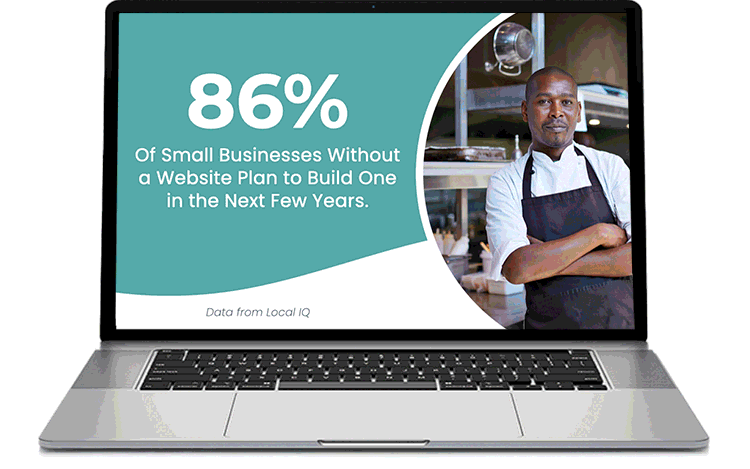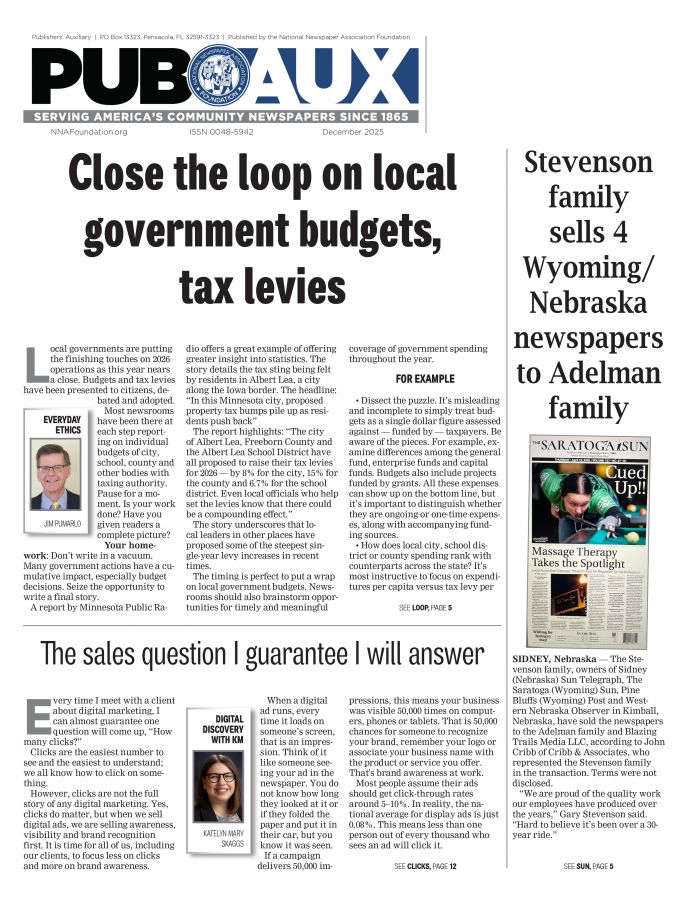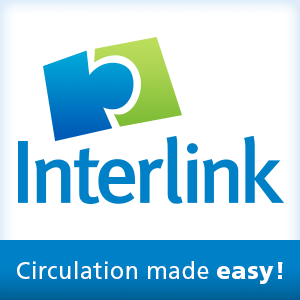If you are new to the digital space or trying to expand your knowledge, just take it one term at a time
Katelyn Mary Skaggs
May 1, 2025


I remember the first time someone explained a newspaper morgue to me, and it made my eyes go wide. I thought it was such a silly name. It was one of those classic newspaper things that makes sense once you're in the world of it.
When I transitioned out of the newsroom and into our sales office, my mind spun with all the acronyms people used in the digital marketing world. Instead of giggling about a funny name, I was scratching my head trying to figure out what everything meant.
Now, a few years later, I feel fluent in digital marketing acronyms. I want to share some of the key acronyms and terms I use regularly to help anyone else who might be new to this space or just wants a quick refresher.
1. CPM (cost per thousand impressions): This is how you should be selling your digital ads. Newspapers often want to sell digital ads by size because that’s what we know, but digital ads can come in all shapes and placements. Selling by CPM is much more standard in the digital space. So, if I run a client’s ad on our website and get 1,000 impressions, we charge a nine-dollar CPM, which adds up.
2. CTR (click through rate): This is one of my favorite metrics for a digital ad campaign. CTR is the number of clicks an ad receives divided by the number of impressions. It gives you a clear sense of how engaging the ad is. I use CTR as my KPI on most campaigns.
3. KPI (key performance indicator): This is a specific goal or benchmark that tells us if a campaign is doing well. It could be a CTR goal, a total number of conversions, or even a dollar amount spent per acquisition. The point is that you choose something measurable to track to know if a campaign is doing well or needs some attention.
4. CPA (cost per acquisition): This metric shows how much it costs to gain a customer through an ad campaign. For example, if a campaign costs $100 dollars and it results in 10 customers or conversions, your CPA is $10. This is a powerful way to show return on investment to clients.
5. UTM (urchin tracking module): These are snippets of text added to the end of a URL that help track where traffic comes from in your analytics tools. If you've ever clicked a link and noticed a long tail of letters and symbols after the website address, that is a UTM. They help you see which campaigns are working. They are easy to create; Google has a free tool that helps.
6. Pixel: A pixel is a tiny piece of code you place on your or a client’s website to track user behavior. It can tell you who clicked, who converted, and what they did after visiting your site. Pixels are key to running retargeting campaigns and measuring success accurately.
7. A/B Testing: This is when you run two versions of an ad or landing page to see which performs better. One group sees version A; the other sees version B. After collecting data, you compare the results to determine the best performer. Facebook allows you to do this with posts from Meta Business Suite. Try it out sometime.
8. CTA (call to action): This is something that every digital ad should have. This is the button or link that encourages users to do something. It could say sign up, read more, schedule now or learn more. A good CTA is clear, action-oriented and helps drive engagement.
9. GAM (Google Ad Manager): This is the platform many of us use to serve and manage digital ads on our newspaper’s website.
10. GMB (Google My Business): This is your local business listing on Google. It’s the panel that pops up when people search for your business name. Keeping your GMB updated is important for local SEO and helps customers find you.
11. SEO (search engine optimization): This is all about improving your newspapers or a client’s website visibility on search engines like Google. You do this through smart headlines, relevant keywords, meta tags and strong content. This is a long game, but it helps your site appear at the top of search results naturally.
12. SERP (search engine results page): This comes into play when talking about SEO. This refers to what the first page of search results gathers. If you or a client are on the second or third page of the SERP, that is not good, and it is time for some major SEO work.
13. Indexing: This is the process of a search engine adding your site to its database. If your site is not indexed, it will not show up on any SERP. You want to make sure your content is being properly indexed so that people can find it.
14. QR Code (quick response barcode): These black and white squares can be scanned with a phone camera and take people directly to a link. I love using QR codes in print ads to drive traffic to digital campaigns. It is a simple bridge between the physical and digital world. While these are wonderful in print ads, they never belong in a digital ad.
15. Cross-channel: This is a term I’ve grown to love because it describes what we as local newspaper folks do best. Cross-channel marketing means using multiple platforms to share an ad message and reach an audience. This could mean running an ad campaign that appears in print, on social media, through email newsletters and on your website. When all the platforms are working together with the same message and branding, you create a stronger impact. Readers might see a print ad, then recognize the digital ad later that day, and suddenly the message has more weight. That is the power of cross-channel.
Digital marketing acronyms might seem overwhelming at first, but once you start using them regularly, they become second nature. If you are new to the digital space or trying to expand your knowledge, just take it one term at a time. You will be fluent in no time.
Katelyn Mary Skaggs is the digital marketing manager for Leader Publications, a group of four papers in Festus, Missouri. Skaggs, a Southeast Missouri State University graduate, joined their ranks in January 2019 as a reporter. Email katelynmaryskaggs@leaderpublications.biz









